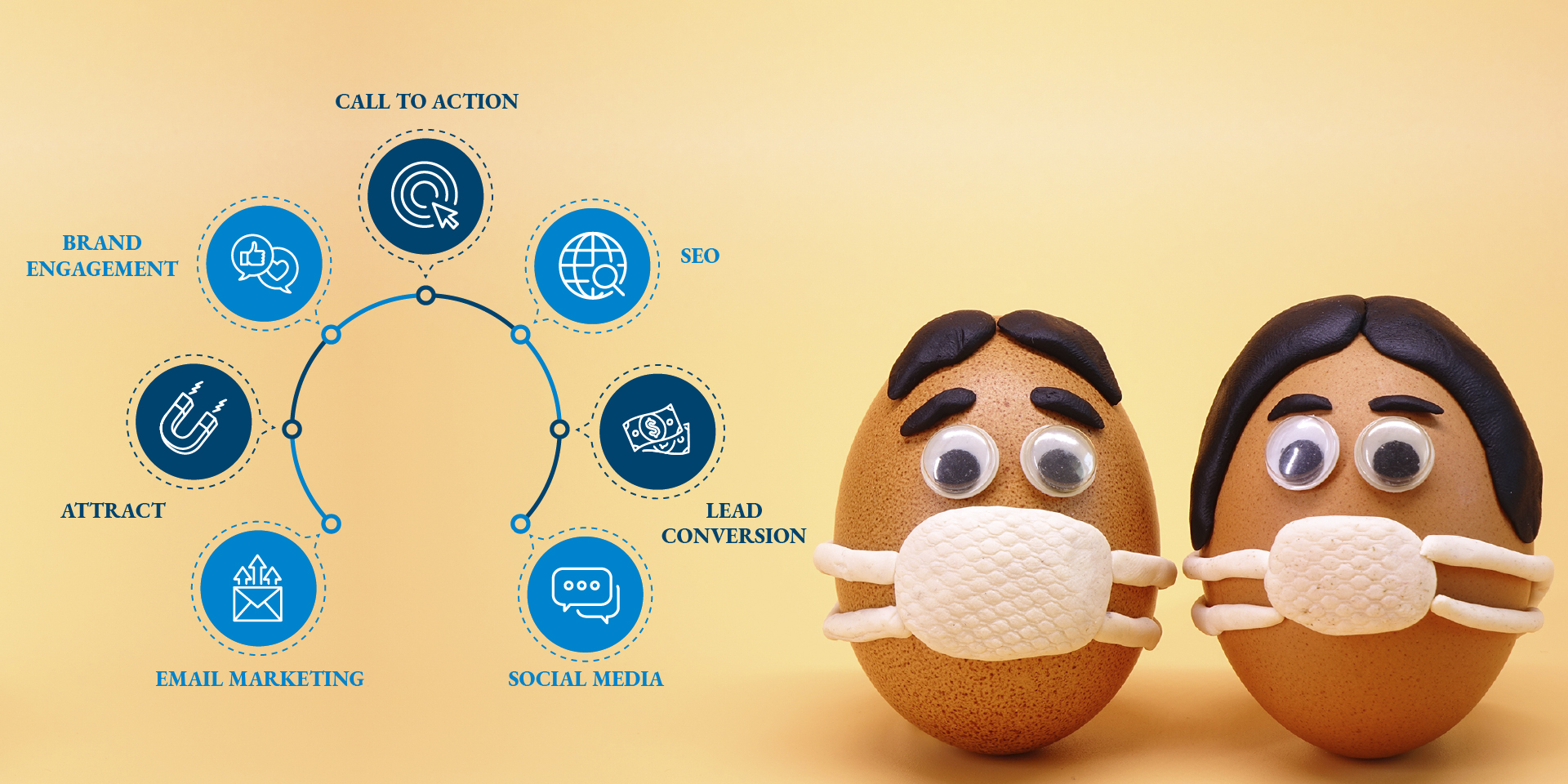The lockdown is here, and it is the new normal. As a country, India cannot afford to have a complete lockdown for months on end, but a complete return to pre-COVID days is also out of the question. It takes just one infection in a community to restart the cycle again. So in all probability, it will be a phased approach to lockdown lifting, with factory operations with partial headcount, movement of both essential and non-essential goods, grocery store operations, and e-commerce for most categories being allowed, and the hotspots and clusters continuing to be isolated even with the help of Section 144 and police patrols.
Source: Shutterstock
Along with life, the way marketing has been done will also undergo a change. Some questions marketers will have to grapple with are: How will my target segment’s behaviour change? How will their altered lifestyle impact marketing messages? Has the wallet share for my category expanded or shrunk? How will the big festive months change in 2020 and beyond? How can I conceptualize and execute campaigns while the team is remote?
While everything seems to have changed, there are, and will always be, some constants:
- Consumers will remain emotional beings: Everybody believes that they are rational consumers, but decades of research has proven this to be wrong. Consumers still make very emotional decisions when it comes to what they buy. How does it make them feel?
- Consumers continue to seek value: The value could be in the savings they get from a discount sale, or in terms of getting a good warranty period, or perceived additional features compared to competitors.
- Consumers will seek a vote of trust: Back in the days with only mass media, this meant having a share of voice on expensive ATL media. But now, there are proxies, such as word of mouth or testimonials or finding someone in your network who has bought the product / service. How they get it has changed, but they definitely seek it before buying
- Consumers value both product & service: Even if you are only selling a product, the post-sales service and the quality of your relationship with the customer will determine how they remember your brand. The days of selling something and disappearing into the wind are over for good
Source: Shutterstock
Having said that, here are a few changes that will inexorably occur in the coming months in how the marketing departments of most companies will function.
- Buying behaviour: Estimates put the number of job losses in India at 12 crore since around the time the lockdown came into force and about 27.7% of the working age population is unemployed. Starting with the daily wage earners and going all the way to white collar workers, this will definitely have a ripple effect across all the consumer segments. It is not rational, but a knee jerk reaction to all the negative news surrounding us. Consumers tighten their purse strings and will instinctively want to spend less. They will have concerns about salary cuts, getting laid off or worse, huge medical bills if someone in their family is infected. Implication – Marketers have to work at truly demonstrating value added to the consumer’s life to make the sale happen.
- TV consumption: A Nielsen report from the first week of April 2020 says that television viewing in India has gone up by 43%, and those who spend more than 3 hours in front of their TV screens has gone up to 63%. Most of this growth is coming in non-prime time, which means people are watching TV during the day time, while they are working from home. Implication – If you happen to have ready TV advertisements, it might be worth spending some money to remain in the consumer consideration set.
- Smartphone consumption: Average smartphone usage has increased by nearly 12.5% and is inching towards the 4 hour per day mark as of April 2020. At the same time, various industry reports estimate that CPM of Google & Facebook has fallen by 20-50% and CPC has fallen by 10-25%. Brands have pulled the plug on advertising budgets and are avoiding the spend to conserve cash. Even if they want to spend, they cannot spend with the standard call to action of “buy our product”. Implication – Create content and campaigns to engage with your community of users and add value to their life during the lockdown and stay relevant to them.
- Brand perception: In these difficult times, emotions run high. Research has also shown that most consumers are highly polarized during difficult times. Meaning, they tend to be overly optimistic or overly pessimistic in their outlook to life, thus bringing making them all sensitive to various topics. This means that brands cannot be seen hard-selling their products, nor can they be perceived as callous and indifferent to the plight of their community. They have to walk the fine balance of engaging their audience, adding value to their life and retaining top of mind recall. Implication – Think through your content and social media strategy and be sure to handle sensitive topics delicately.
- Campaigns: Creating a successful campaign usually involves program management across multiple teams and companies. A good campaign requires fine orchestration between the various moving parts to ensure that the production, dissemination, PR and advertising budgets all work seamlessly. Gone are the days of long drawn production planning meets, complex shoots involving 50 people on the set and in-person meetings to plan the launch. Implication – Brands need to figure out rapid prototyping, remote execution and very lean shoots to ensure social distancing.
In essence, marketers will need to learn to navigate the new world, one in which consumers have evolved drastically, and yet remained same in many core ways.
Please share your comments below.


